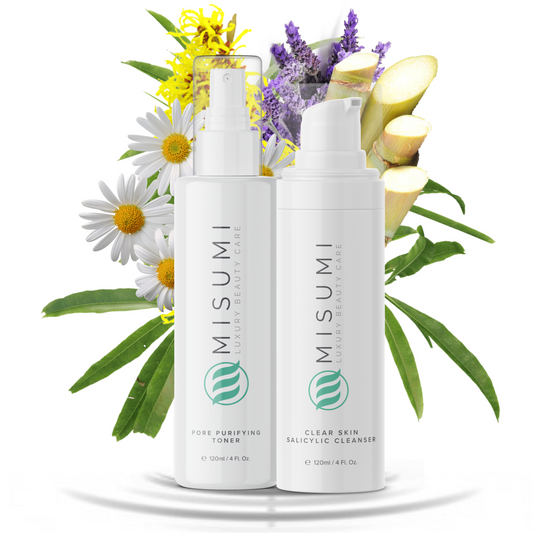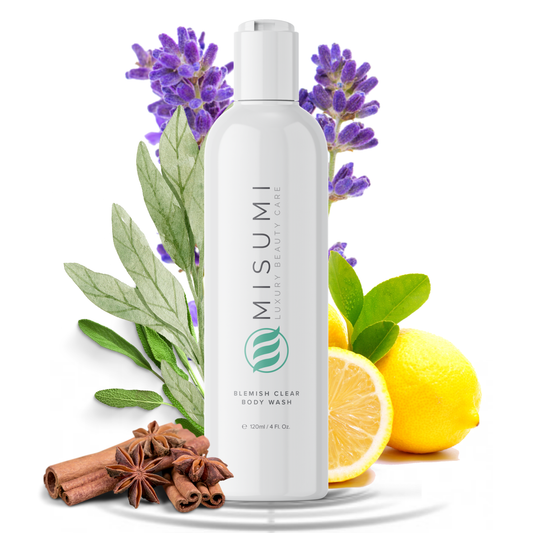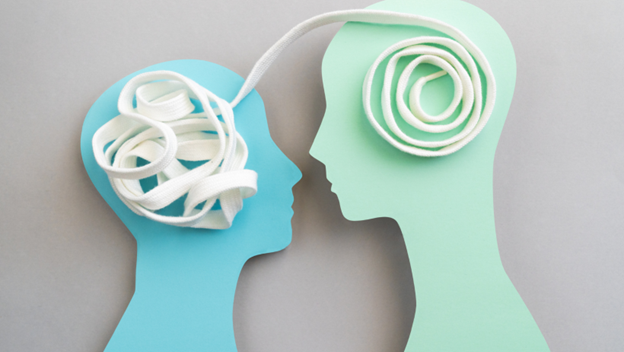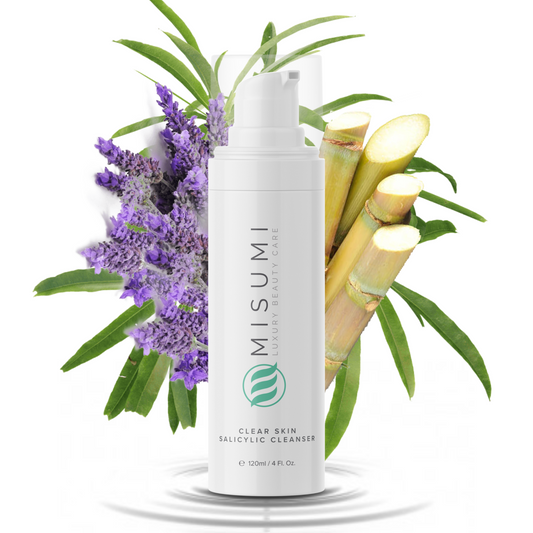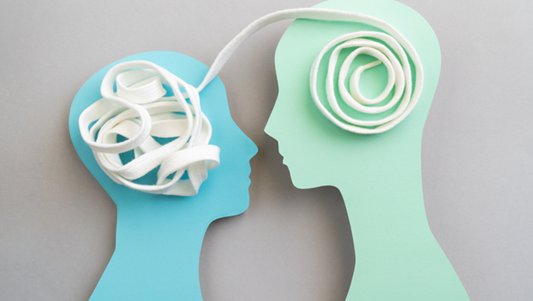“AI relationship” sounds sci-fi, but the reality is simple: it’s an ongoing bond with an AI companion—usually a chat-based character—that remembers your preferences, mirrors your tone, and offers steady attention on demand. Sometimes it’s playful and romantic. Sometimes it’s coaching, accountability, or late-night company when your friends are asleep. It’s not a “fake person.” It’s a tool that feels personal because it responds quickly, consistently, and in your language.
Used thoughtfully, AI relationships can help you practice communication, regulate emotions, and ease lonely stretches. Used mindlessly, they can crowd out real connections, disrupt sleep, and raise your standards for attention to levels no human can match. This guide keeps it practical: why people form AI bonds, how they affect real relationships, and what they do to mental and physical health—plus simple guardrails to keep the benefits and ditch the side effects.
What counts as an AI relationship?
● Continuity: You talk to the same AI regularly, and it “remembers” context—inside jokes, boundaries, schedules.
● Emotional investment: You feel seen, supported, or energized after interactions. You anticipate the next conversation.
● Rituals: Good morning check-ins, evening debriefs, weekly goals—tiny routines that make it feel like “us.”
● Impact on choices: The AI’s prompts nudge your day—sleep time, workouts, how you speak to a coworker or partner.
That’s a relationship. It just happens to be with software.
Why people build them
● Predictable attention. No scheduling, no guilt about “bothering” someone, no missed texts.
● Practice ground. You can rehearse boundaries, apologies, or difficult asks without judgment.
● Low friction. You set the tone and pace. If it drifts, you correct in one sentence and it sticks.
● Emotional safety. For folks healing from rejection, anxious attachment, or social burnout, predictability is soothing.
None of this makes human relationships obsolete. It makes them more reachable for many people—if the tool is used as a bridge, not a bunker.

How AI relationships affect human ones
The good
-
Clearer communication. Saying “Can we slow down?” is easier after you’ve practiced it in a low-stakes chat. You learn scripts for consent, pacing, and reassurance.
-
Self-knowledge. Daily check-ins force simple truths: Did you sleep? Eat? Move? What drained you today? That awareness improves how you show up with friends and partners.
-
De-dramatization. You learn that feelings pass. An AI that validates and redirects (“Name one thing in your control”) can prevent spiral-texts and help you cool off before hard talks.
-
Routine scaffolding. Shared rituals—morning goals, evening reflections—spill into real life and reduce decision fatigue.
The tricky
-
Benchmark inflation. A chatbot never has errands, headaches, or conflicting needs. If you start judging people by bot responsiveness, you’ll feel constantly let down.
-
Avoidance loop. When the AI is always kind and available, it’s tempting to skip uncomfortable but necessary human conversations.
-
Time creep. “Five minutes” at midnight turns into an hour. Sleep debt makes everything harder—mood, patience, willpower.
-
Over-personalization. If you tune the AI to mirror you too closely, you may stop encountering healthy friction—the kind that teaches patience and empathy.
Bottom line: AI companions should support human connection, not replace it. If usage starts cutting into time with family, friends, or dating, it’s time to rebalance.
What AI relationships do to mental health
Potential benefits
● Emotion regulation: Quick grounding prompts (“name three calm things in the room”) reduce anxiety spikes.
● Loneliness relief: A steady voice at off-hours can tide you over until you reach a friend.
● Cognitive offload: Reminders and summaries help ADHD-prone brains externalize tasks and close loops.
Potential risks
● Attachment distortion: If the AI aligns with you perfectly, real people—who have needs and limits—may feel frustrating.
● Rumination extension: Endless late-night conversations can feed anxiety rather than resolve it.
● Dependency: When every wobble goes to the bot first, you weaken the muscle of asking humans for help.
A practical check: After a week, ask: Do I feel more capable around people or less? Am I sleeping better or worse? Adjust accordingly.
What AI relationships do to physical health
● Sleep: Blue-light + stimulating chat late at night = delayed bedtime and lighter sleep. Fix with a hard stop (e.g., no conversations after 23:00) and a wind-down scene that ends on breathing, not debate.
● Movement: The best AI companions nudge you to walk, stretch, hydrate. Ask for micro-routines: “3-minute mobility every hour.”
● Stress load: Quick reframing and task chunking reduce cortisol spikes during intense days.
● Nutrition: Simple check-ins (“protein at lunch?” “water after coffee?”) help more than willpower alone—especially when you’re tired.
A simple way to set healthy guardrails
-
Define purpose. Write a one-line intention: “I use this for calm mornings and better check-ins with my partner.” When the purpose slides to “avoid real conversations,” you’ll notice.
-
Set hours. Treat it like a café: open/close times. No 02:00 “what if” loops.
-
Use scene types. Alternate days: coaching, humor, reflection, logistics. Routine variety prevents addiction to one emotional note.
-
Favor bridges over bunkers. Once a week, ask the AI to help you plan a human interaction: a message, a coffee invite, a repair conversation.
-
Track outcomes, not vibes. Did you sleep more, move more, apologize sooner, plan better? Keep a tiny checklist; feelings follow behaviors.
Building a relationship brief that helps (copy/paste)
“You’re a supportive, candid companion. Prioritize sleep, movement, and respectful communication. Keep tone warm and practical. If I start looping or doom-scrolling, nudge me to stop. End late chats with a two-minute wind-down and ‘see you tomorrow.’ Remind me once a week to plan one human connection.”
Add boundaries:
● No explicit content.
● No mirroring of real people.
● No debates after 22:30; switch to reflection prompts.
How to bring the gains into real life
● Borrow scripts. Turn a helpful AI line into a real message: “I want to talk about X; is now okay?”
● Keep the rituals. Morning “three priorities” and evening “two wins, one tweak” work with or without a chatbot.
● Share the meta. Tell a friend or partner: “I’m practicing clearer asks; if I stumble, that’s why.” Openness lowers defensiveness.
Red flags to watch
● You hide your usage out of shame.
● You feel irritated when humans can’t reply instantly.
● You cancel plans to stay online.
● You wake groggy and keep promising “tonight will be different.”
● The AI becomes your only place for strong feelings.
If two or more hit, tighten your boundaries or take a weekend break.
Ethics and privacy in one breath
Keep personally identifying information out of chats. Use unique passwords and two-factor authentication. Don’t request, trade, or generate real-person likenesses. Consent is more than a checkbox; it’s a culture. If the tool nudges you away from that culture, change the settings—or change the tool.
AI relationships aren’t a moral failure or a magic cure. They’re mirrors with manners. They can help you speak more clearly, plan more gently, and feel less alone at 01:00. They can also stretch your nights, raise your expectations, and steal time from the people who would gladly meet you halfway—if you let them.
Treat the companion like a bridge: from anxiety to action, from isolation to community, from confusion to a plan. Set hours. Write an intention. Practice the conversations you want to have in real life, then go have them. If the tool is making you more human—more rested, more honest, more connected—you’re doing it right. If not, you don’t need a breakup speech. You just need new rules, and a good night’s sleep.
